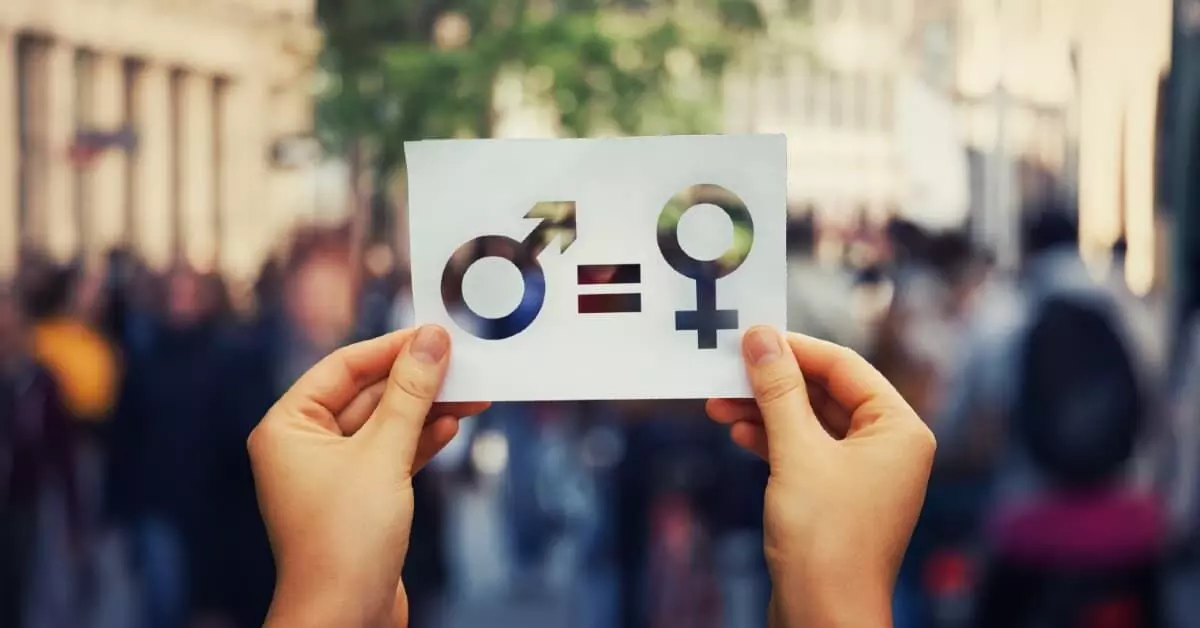An urgent call to action

India has slipped two spots to rank 129th in the World Economic Forum’s Global Gender Gap Index 2024. This decline is not just a statistical setback but a reflection of the ongoing challenges women face in our society. As the world's largest democracy and a rapidly developing economy, we must confront and address the factors contributing to this persistent gender gap. One of the most significant contributors to India’s poor performance on the Gender Gap Index is the low level of female participation in the workforce. According to recent data, female labour force participation in India is alarmingly low at 20.3 per cent. This is a stark contrast to the global average of 47 per cent, highlighting a significant area of concern. Several factors contribute to this trend, including entrenched cultural norms that prioritise domestic responsibilities for women over professional aspirations, inadequate childcare support, and a lack of safe and accessible transportation. Moreover, the gender pay gap remains a persistent issue. Women in India earn approximately 20 per cent less than their male counterparts for the same work, according to the Monster Salary Index. This disparity not only undermines the economic independence of women but also hampers the overall economic growth of the country. To address this, companies and policymakers must adopt more robust measures to ensure equal pay for equal work and create an environment that supports women's career advancement.
India has made significant strides in improving female literacy rates, yet substantial gaps remain in higher education and professional training. According to the All India Survey on Higher Education (AISHE) 2020-21, the Gross Enrolment Ratio (GER) for females in higher education is 27.3 per cent, marginally higher than 26.9 per cent for males. However, this edge does not translate into equal opportunities in professional fields, particularly in science, technology, engineering, and mathematics (STEM).
Societal attitudes and economic constraints often limit girls' educational opportunities. Early marriage and childbearing responsibilities further curtail educational aspirations and career prospects for many young women. To bridge this gap, it is crucial to promote gender-sensitive education policies that encourage girls to pursue higher education and careers in traditionally male-dominated fields. Scholarships, mentorship programmes, and community support can play a vital role.
India also struggles with gender-based disparities in health and survival. According to the National Family Health Survey (NFHS-5), maternal mortality remains a significant concern, with the maternal mortality ratio (MMR) at 103 deaths per 100,000 live births. Issues like maternal mortality, malnutrition, and inadequate healthcare facilities disproportionately affect women, especially in rural areas. Addressing these issues requires a multifaceted approach that includes improving healthcare access and quality, promoting gender-sensitive health education, and tackling social determinants of health such as poverty and discrimination. Public health campaigns and policies must focus on ensuring that women receive the care and support they need at every stage of their lives.
Political empowerment of women in India is another area where progress has been slow. The underrepresentation in political offices is a clear indicator of the barriers women face in accessing positions of power and influence. Encouraging women to participate in politics involves creating a supportive environment that addresses barriers such as political violence, discrimination, and lack of access to resources. Political parties should be encouraged to field more female candidates and provide them with the necessary support to succeed. Additionally, leadership training programmes for women can help build their capacity to take on significant political roles.
At the core of many of these issues are deeply ingrained cultural and social norms that perpetuate gender inequality. Changing these norms requires a concerted effort from all sectors of society, including government, civil society, media, and the private sector. Public awareness campaigns, community engagement, and education can help challenge and change discriminatory attitudes and behaviours. Media plays a crucial role in shaping societal attitudes and perceptions. By promoting positive portrayals of women and highlighting their achievements, the media can help shift public opinion and inspire change. Stories of successful women breaking barriers can serve as powerful role models for the younger generation.
To address the decline in India's Gender Gap Index ranking, it is essential to adopt a holistic and inclusive approach. Policymakers must prioritise gender equality and integrate it into all aspects of governance and development planning. This includes implementing and enforcing laws that protect women's rights, investing in education and healthcare, and creating economic opportunities that are accessible to all. Furthermore, it is imperative to engage men and boys in the conversation about gender equality. Changing societal norms and behaviours requires the active participation of all members of society. By promoting gender-sensitive education and encouraging positive masculinity, we can foster an environment where both men and women can thrive. The decline in India's Gender Gap Index is a wake-up call that cannot be ignored. It is a reflection of the systemic and pervasive inequalities that continue to hinder our progress as a nation. Addressing these challenges requires a collective effort and a commitment to creating a more just and equitable society for all. The journey towards gender equality is long and arduous, but it is a journey that we must undertake with urgency and determination. Our future depends on it.



